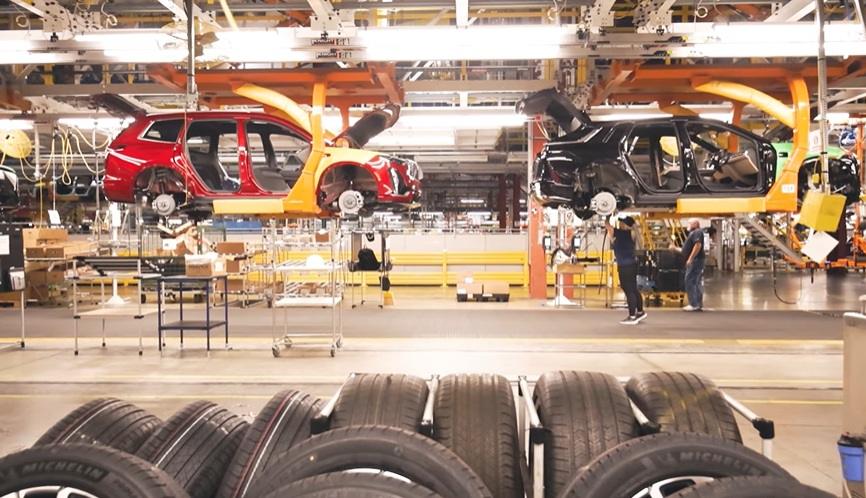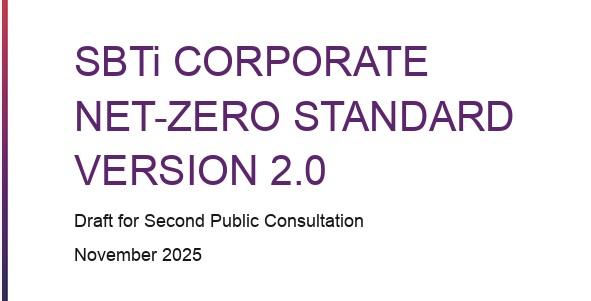SBTi Launches Draft Net Zero Standard for Automotive Sector
The Science Based Targets initiative (SBTi), one of the key organizations focused on aligning corporate environmental sustainability action with the global goals of limiting climate change, announced the release of its initial draft SBTi Automotive Sector Net-Zero Standard, aimed at guiding automakers and auto parts manufacturers to enable science-based net zero target setting for their businesses.
The SBTi was founded in 2015 with the goal to establish science-based environmental target setting as a standard corporate practice. The organizations’ key functions include defining and promoting best practice in emissions reductions and net-zero targets in line with climate science, providing technical assistance to companies who set science-based targets, and providing companies with independent assessment and validation of their emissions reduction targets.
The new automotive-focused standard forms part of a series of sector standards released and under development by the SBTi covering heavy emitting industries such as Forest, Land and Agriculture (FLAG), air transport, building, chemicals, and cement, among others.
The new draft also comes as the organization advances its work on its updated cross-sector Corporate Net-Zero Standard Version 2 (V2), with the automotive standard aligned with V2, but also including sector-specific criteria for emissions reductions across the automotive value chain, including operations, supply chains and products.
Among the requirements included in the standard for automakers setting net zero targets is the consideration of aggregated GHG emission intensity for the vehicles, including contributions from vehicle fuel use and end-of-life processing. The standard also set out requirements for companies to increase low-emission vehicle sales share as part of their target setting and net zero pathways. For auto part suppliers, the standard introduces new criteria focused on reducing emissions from material sourcing and manufacturing, and also requires disclosure on the share of parts sold for low-emission vehicles.
The SBTi noted that the automotive sector is responsible for more than 20% of man-made greenhouse gas emissions, and that it is vulnerable to climate-related risks ranging from supply chain disruptions to increased investor scrutiny.
Karl Downey, Head of Sector Standards at the SBTi, said:
“Decarbonizing the road transport sector is a crucial component of meeting our global net-zero goals, and the automotive sector has a substantial role to play as providers of new vehicles. The transition to net-zero provides an abundance of opportunity for industry innovation and attractive offers for customers.”
Alongside the release of the new draft standard, the SBTi launched a consultation on the new standard, seeking feedback on issues including alignment with the draft Corporate Net-Zero Standard V2, the new aggregated indicator for Scope 1, 2, and 3 emissions, the new low-emission vehicle criteria, and criteria for auto parts makers, among other factors. Click here to access the consultation.
Downey added:
“The feedback we receive from stakeholders will ensure that the final Automotive Sector Net-Zero Standard enables automakers and auto parts manufacturers to make ambitious and practical greenhouse gas reductions and helps them seize the opportunities of electrification – building resilience and greater efficiency while maintaining competitiveness in a rapidly transforming market.”





